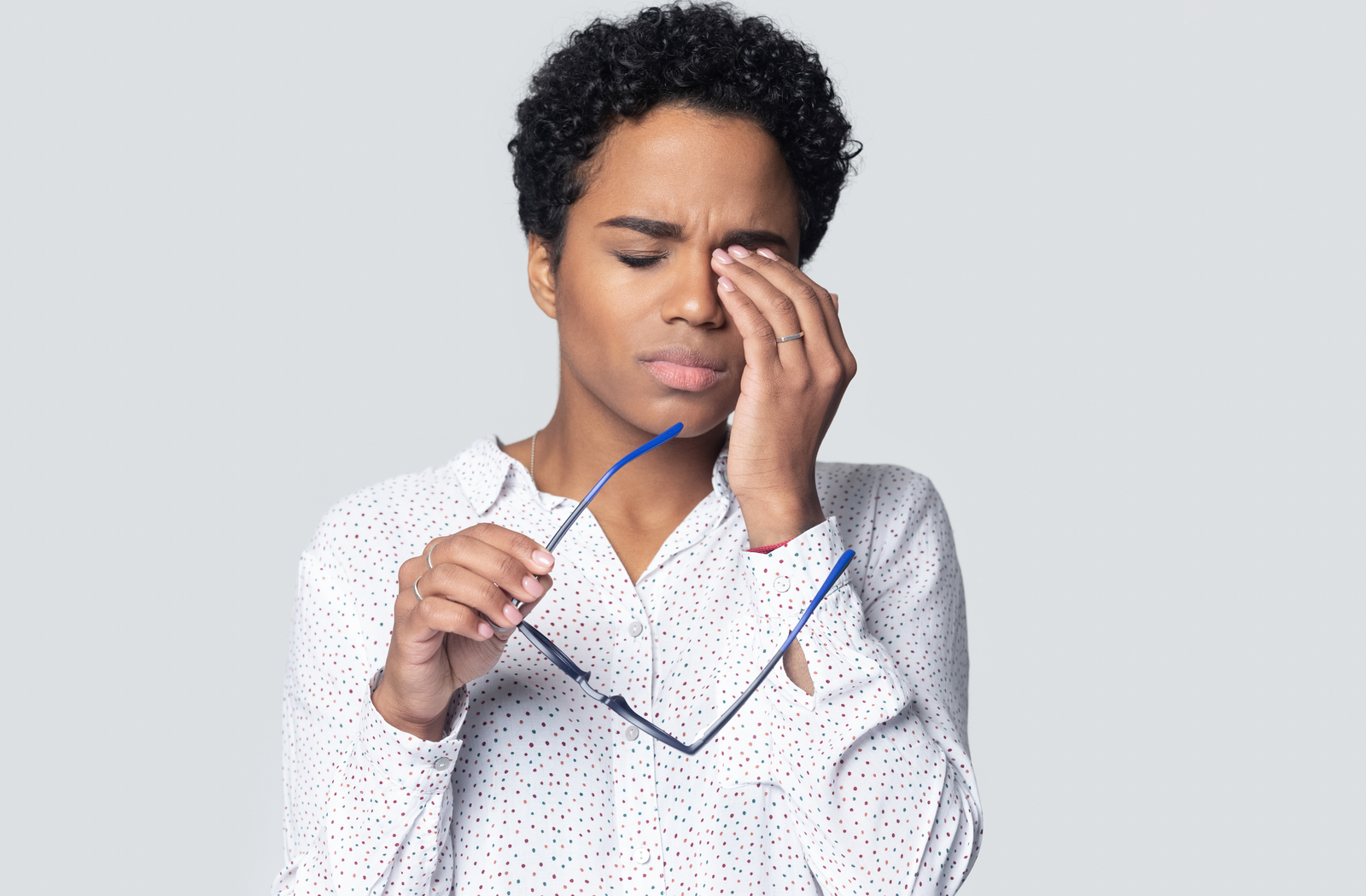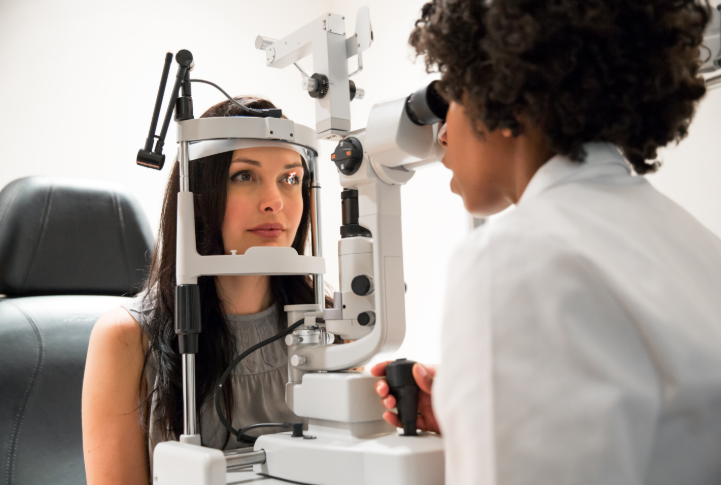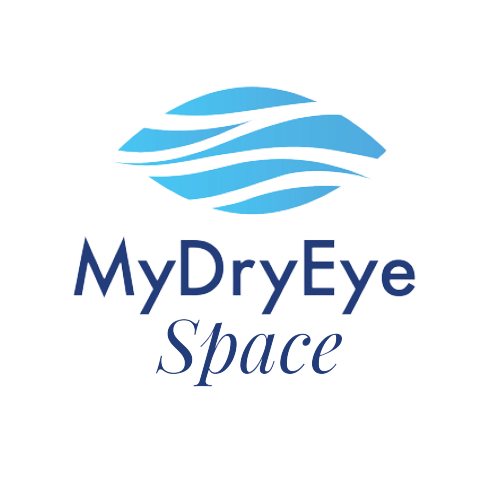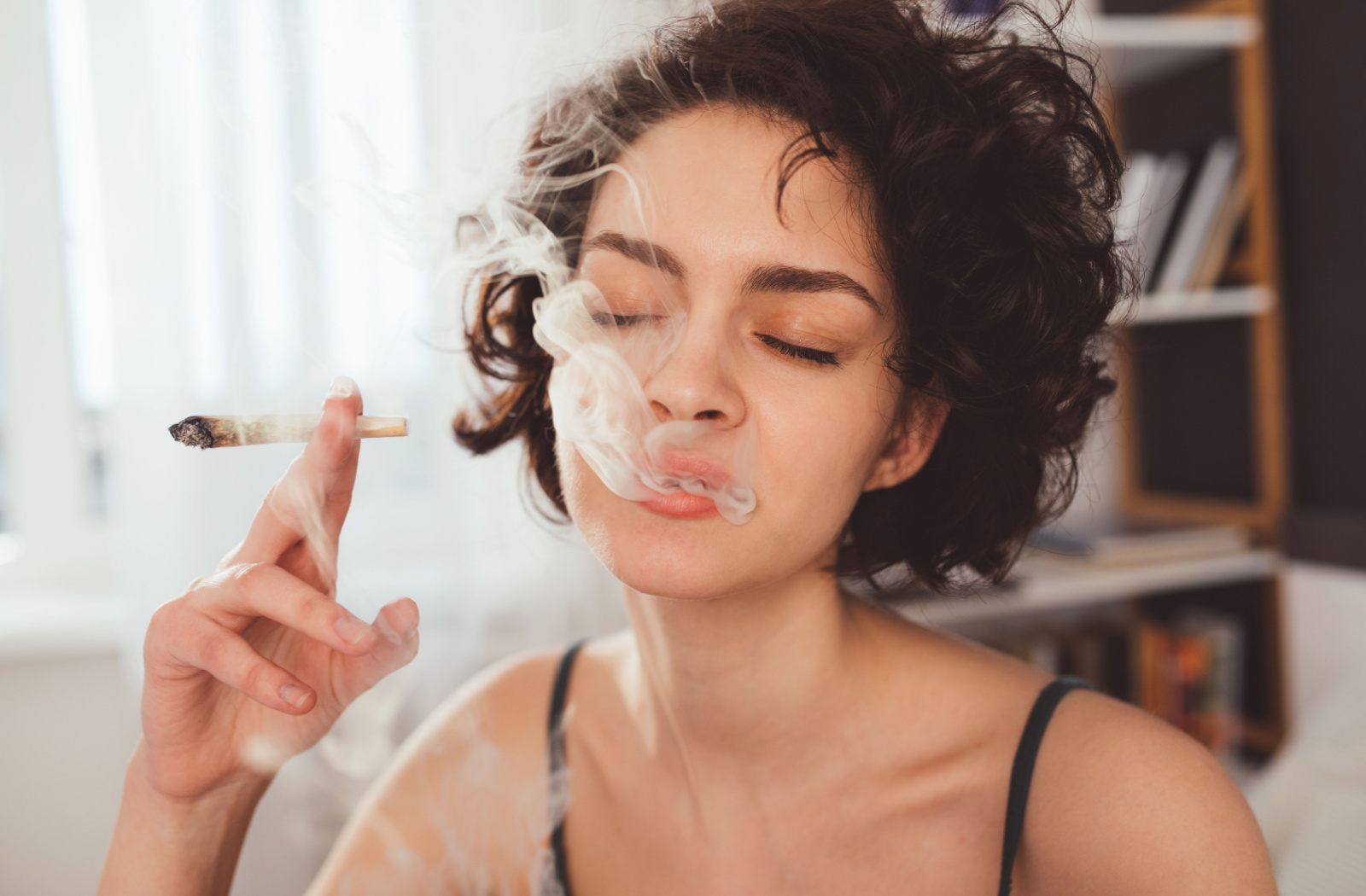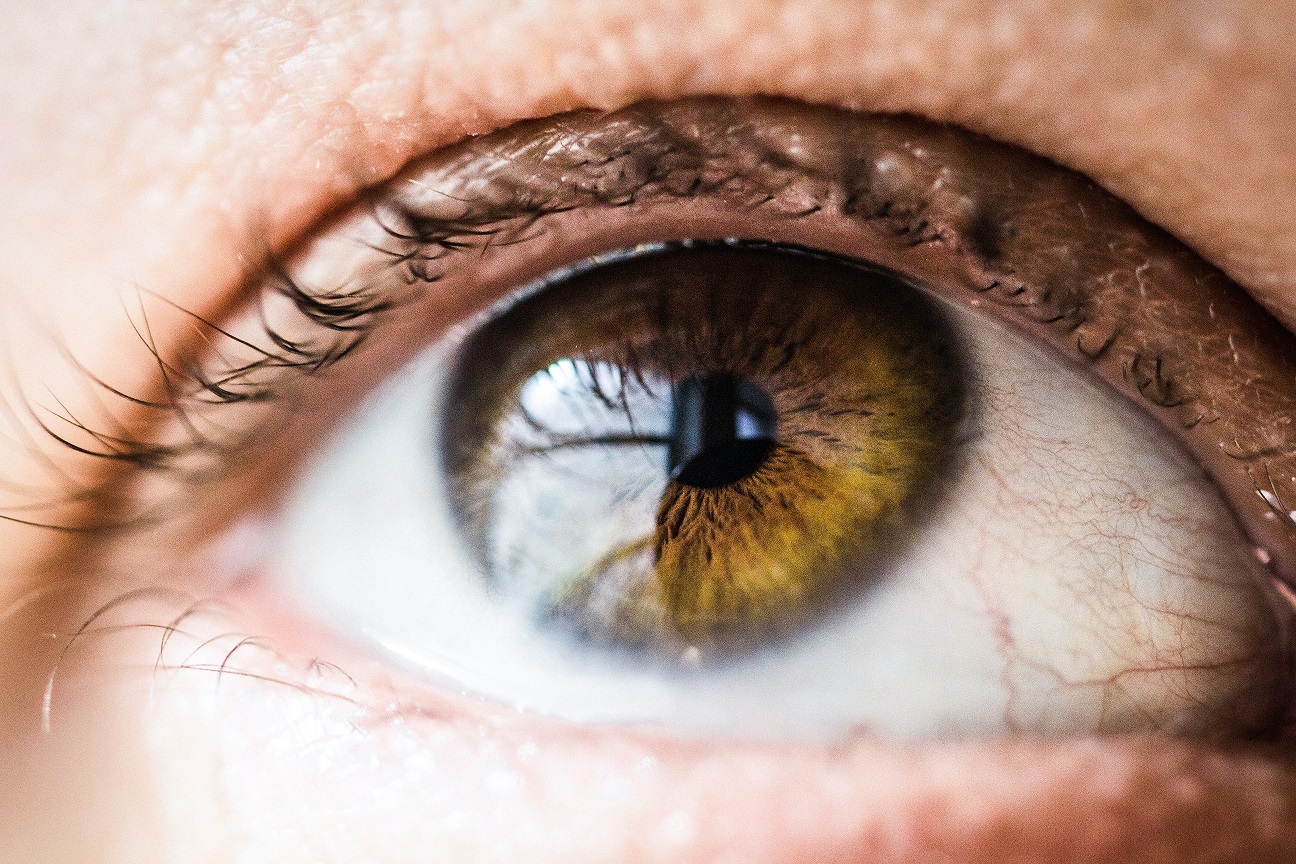If you were recently diagnosed with dry eyes, there’s actually more meaning behind those 2 words. Your optometrist will categorize your dry eyes so they can tailor a treatment just for you. Normally, your tears contains 3 things – water, oil and protein. If you have dry eyes, your tears are “sick” and there is an imbalance in the amount of water, oil and protein. Let’s break down the classifications of dry eyes together:
Not Enough Water – Aqueous Deficient Dry Eye (ADDE)
The water glands (lacrimal glands) that produce your tears are not functioning properly so they cannot create the water part of your tears
Your tears lubricate and protect your ocular surface and if there isn’t a sufficient amount, you may experience pain with each blink. The friction against your delicate eyes is not comfortable
ADDE is common in patients with autoimmune disorders such as Sjogren’s syndrome. Sjogren patients cannot produce tears because their glands aren’t functioning so they suffer from dry eyes, dry mouth and dryness throughout the body
Not Enough Oil – Evaporative Dry Eye (EDE)
Your glands (specifically, the meibomian glands) along your eyelid margin may be clogged so the oil portion of your tears aren’t secreting sufficiently If you don’t have enough oil in your tears, they will evaporate and dry out very quickly
Think of your eyelids as the windshield wipers of your car, the meibomian glands as the jets that expel washing fluid and your cornea as the windshield. Everytime you blink, your windshield wipers (eyelids) help expel the fluid (oils) onto the surface of your cornea to prevent evaporation of your tears
EDE is common in patients who have eyelash dandruff (blepharitis), ocular rosacea and demodex mites. EDE is the most common type of dry eye that optometrists will diagnose
Not Enough Water and Oil – Mixed Dry Eye (MDE)
You can also be diagnosed with both ADDE and EDE and this is classified as Mixed Dry Eye (MDE)
Dry eyes is a complex disease. There are many other factors include for a proper diagnosis and treatment. If you believe you suffer from one of these dry eyes and wish to seek professional help from your local optometrist, contact your nearest MyDryEye clinic.


